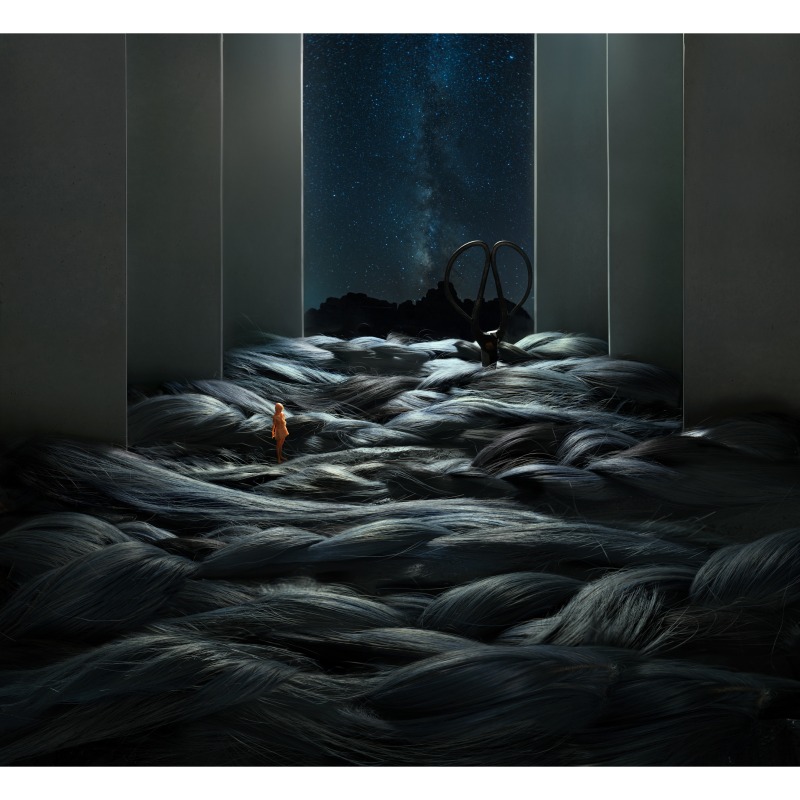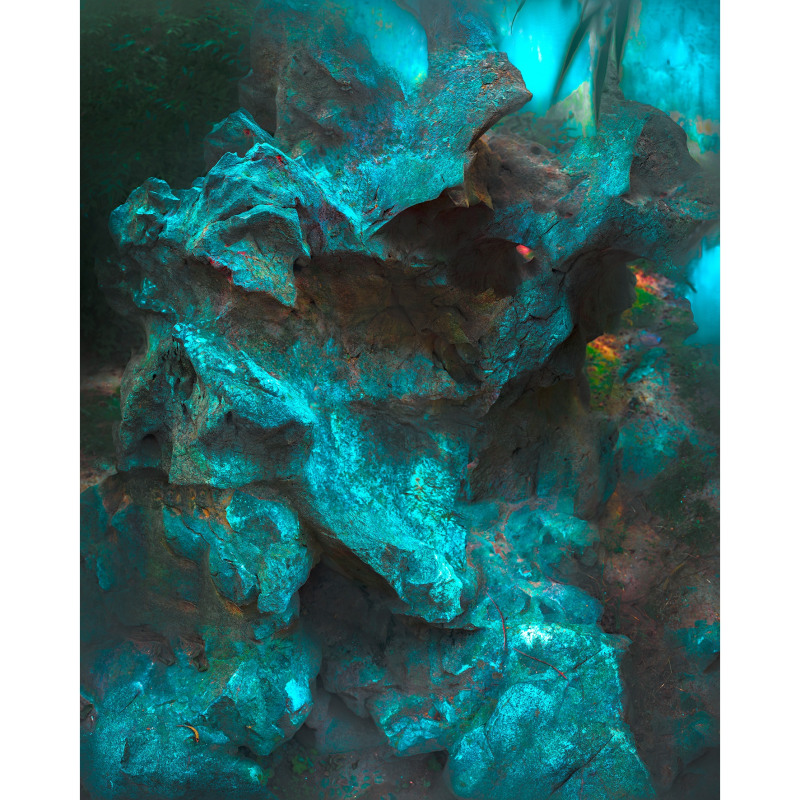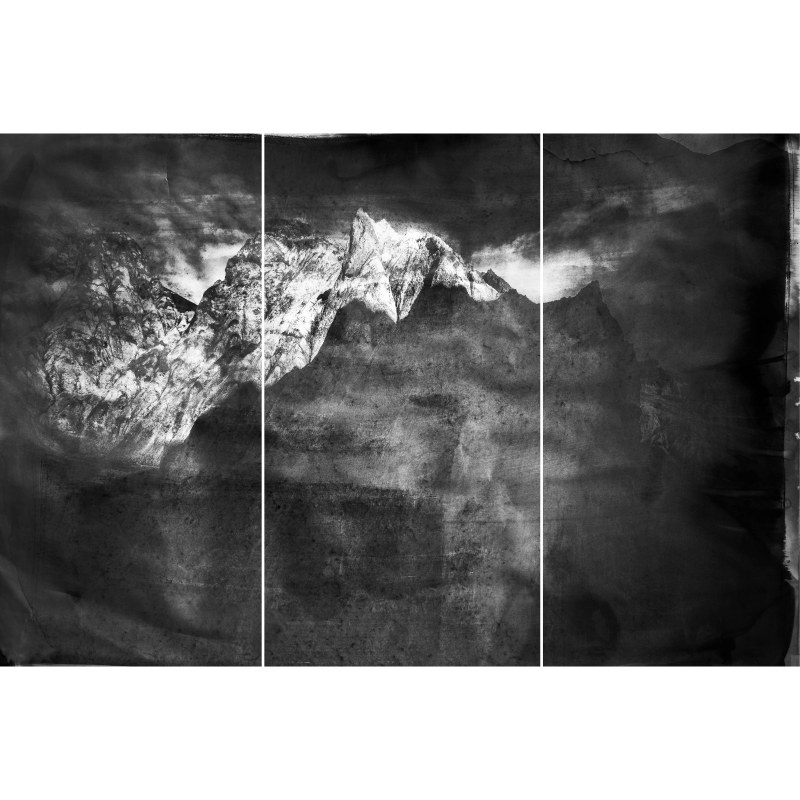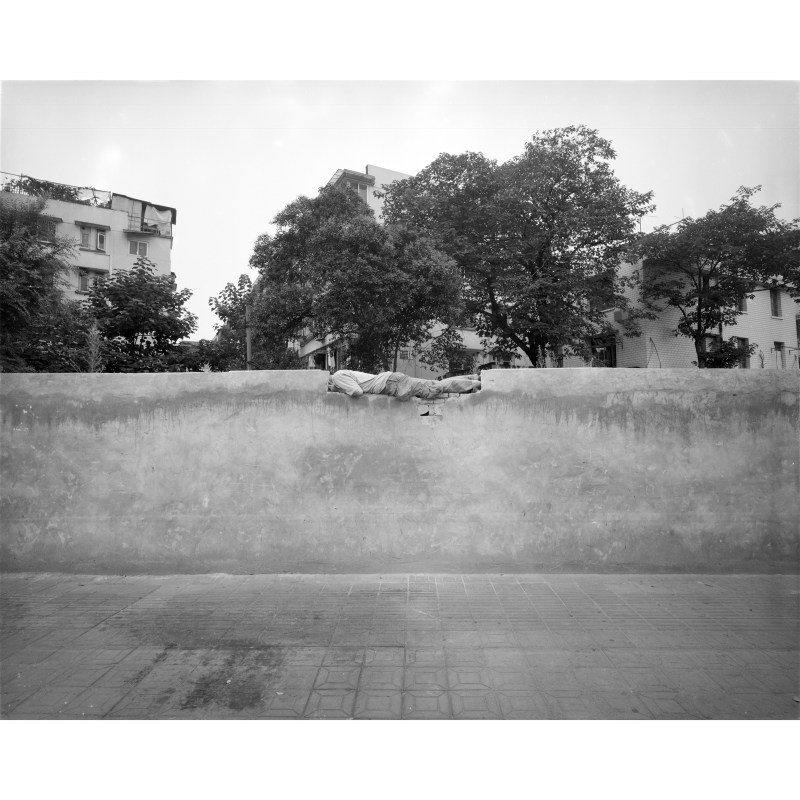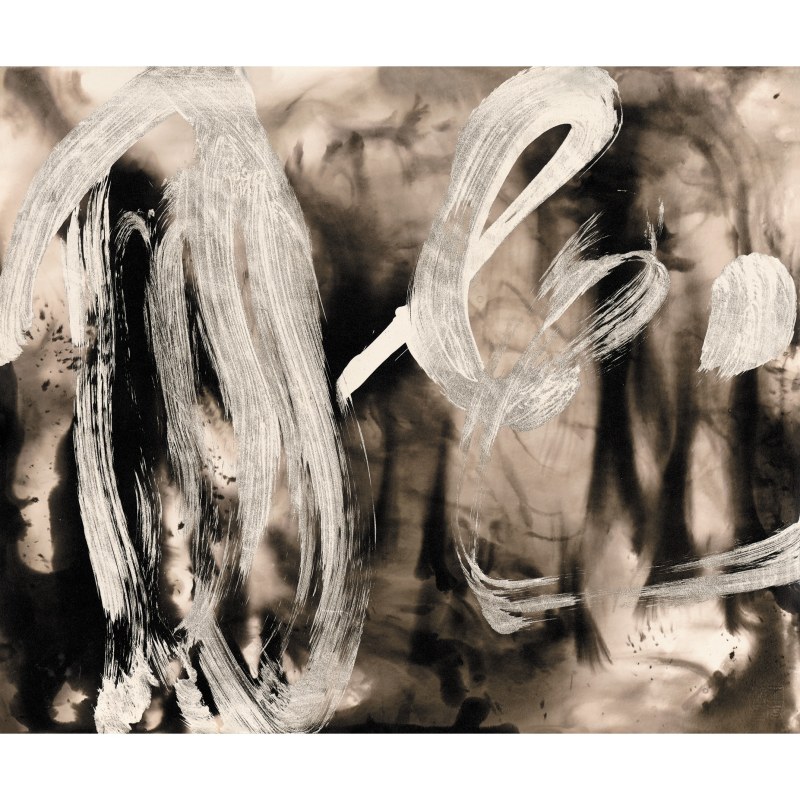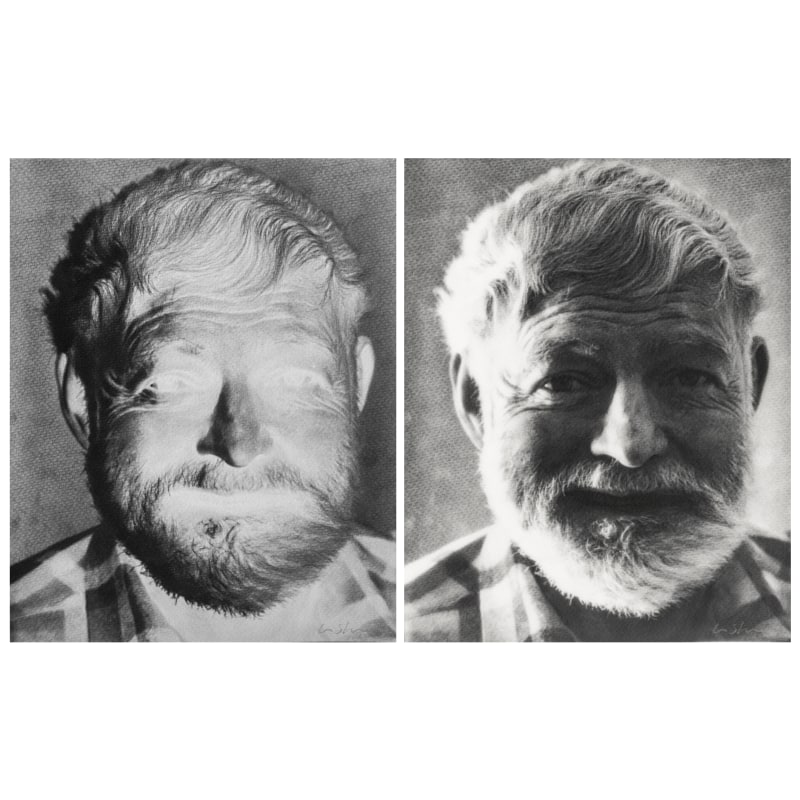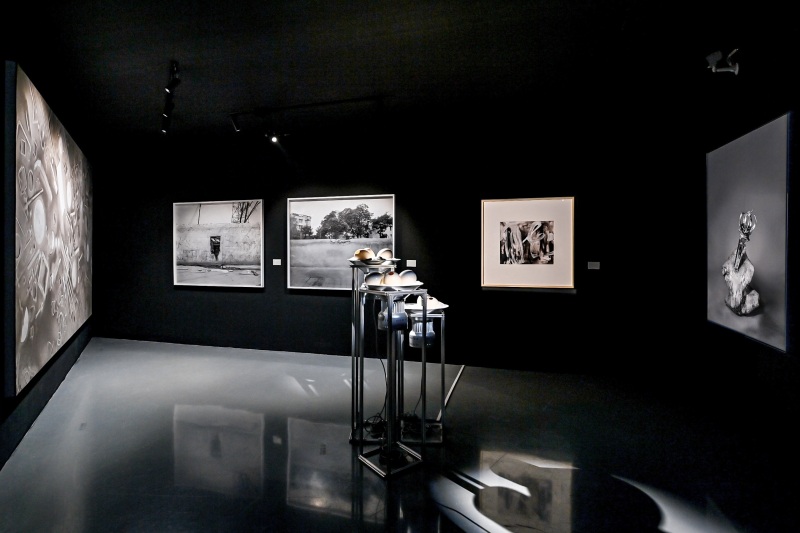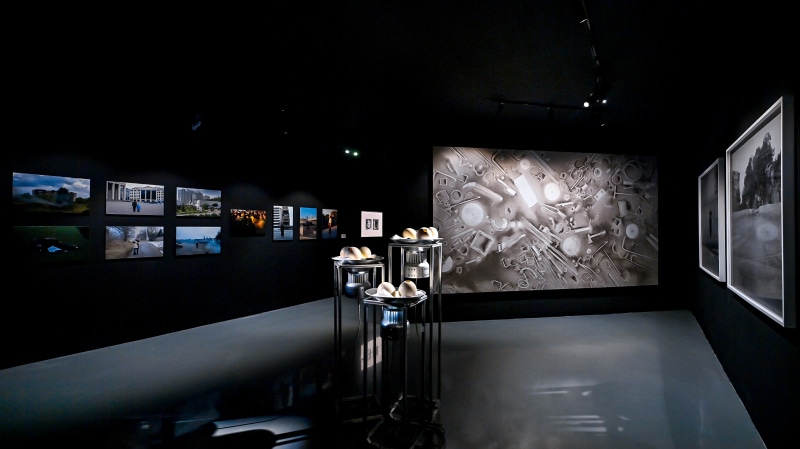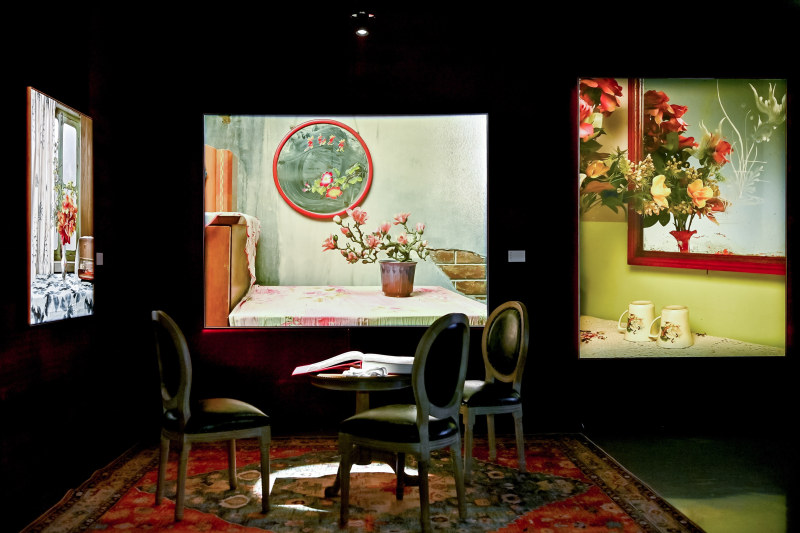In the "Mnemosyne Atlas", Aby Warburg's most important research project, he used "iconological analysis" method to outline the evolution of ancient images, and their subsequent use, continuation, and change in history, and to explore the huge knowledge network formed by images and images connecting in different times. As the carrier of the images in this study, the photo has broadened the meaning of photography on the iconological level. "Mnemosyne Atlas" also further explores the "Pathosformel" in visual culture, trying to make the changes of images on the spiritual level accessible and understandable and to explore the "spirit" stored and continued in the evolution of time and space. Theoretician W. J. T. Mitchell also reminded people to pay more attention to the emotional and spiritual effects of images while interpreting images from different dimensions, such as graphics, spectrum, language, and philosophy.
Walter Benjamin mentioned the concept of the "aura" of artworks in his works. It is a spiritual medium hidden in the eyes of the characters in the early portrait photography, which enriches and stabilizes the characters. It is some indescribable representation in the depths of the entanglement of time and space. Also, it is an existence destined to disappear in the artworks in the age of mechanical reproduction. Benjamin affirms the development of technology, and the disappearance of "aura" indicates that photography is separated from the needs of classical aesthetics and that a significant change has taken place, opening up new possibilities.
The truth conveyed by photography cannot be expressed by painting. A fake painting points to the falsification of art history, while fake photography is accused of falsifying facts. Susan Sontag sums up a primary contradiction in the history of photography as the struggle between "beautification" and "truth-telling". And with the development of technology, it is now a debate on the art and science of two levels - in other words, in the pure visual aesthetic aspect of creation and in the chronicle or practical level - has had an enormous degree of dissociation between the expression, the embodiment of the truth or lies of works has gradually evolved into a pure choice for artists to express their thoughts. Through the lens of the creator, "Heroism of Vision" creates an illusion full of metaphor, conveying to the viewer a constructed world and a new viewing ethic. In this unreal yet nonfictional Platonic world where the known and the unknown are intertwined, "spirit" is transformed into a perception: the creator's perception of everything around the "new world", and the viewer's subjective perception of the core of the creator's work. The intermingling of perceptions exemplifies Guy Debord’s opinion, "When the real world is transformed into mere images, mere images become real beings."
Photography and video art produced new fissions in the 20th century, breaking the original rules for production, perception and communication and generating a new value system. It is inevitable due to the development of the media as a physical image and the more precise control of light by machines. Thanks to the iterations in technology, artistic creation has been blessed with far more freedom. In the past 40 years, the teaching and creation of photography and video art at the China Academy of Art have always been experimental and pioneering in connecting the past, creating the present, and intervening in the future. Using cross-media art as a carrier, they are committed to building visual aesthetics and image poetics between the invisible and the visible, and between integrated Eastern and Western cultures.
In 2017, the first West Lake International Documentary Festival (IDF) opened at the China Academy of Art. So far, the festival has become one of the most academic, professional and international documentary film festivals in China and has gained a good reputation in the world. The future of surrealist images has gained new vitality here: a new and different sense of presence and politics of viewing.
In 2019, to pay tribute to the 1959 edition of the photographic collection "China", the China Academy of Art elaborately created the epic photographic masterpiece "China" (2019) with great ideological, historical, artistic and cultural values. It included master photographers’ magnificent, classic and precious photographic works that recorded the highlight moments in China’s 70 years of development. The photographic collection "China" (2019) attempts to provide another path in iconographic research and analysis for the study of the history and development of Chinese photographic art—a visual art experience resembling "Mnemosyne Atlas".
...
This exhibition takes the three entangled relationships between "Spirit" and "Object" as the main clue, and takes the development of photography and video art of the China Academy of Art in the past 40 years as an opportunity, to discuss the spiritual symbolism and emotional transfer that continue in the change of image culture, from the perspectives of image analysis, the evolution of science and technology, and the viewing of photography. Photography always constructs certain visibility in the invisible reality and invisibility in the visible reality. A photograph that exists as an "object" is a kind of visible reality. However, the "spirit" in different dimensions, like the metaphor behind the image, the abstract "aura" in Benjamin's discourse, and some perceptions after subjective transformation, all point to the invisibility of the visible reality.




